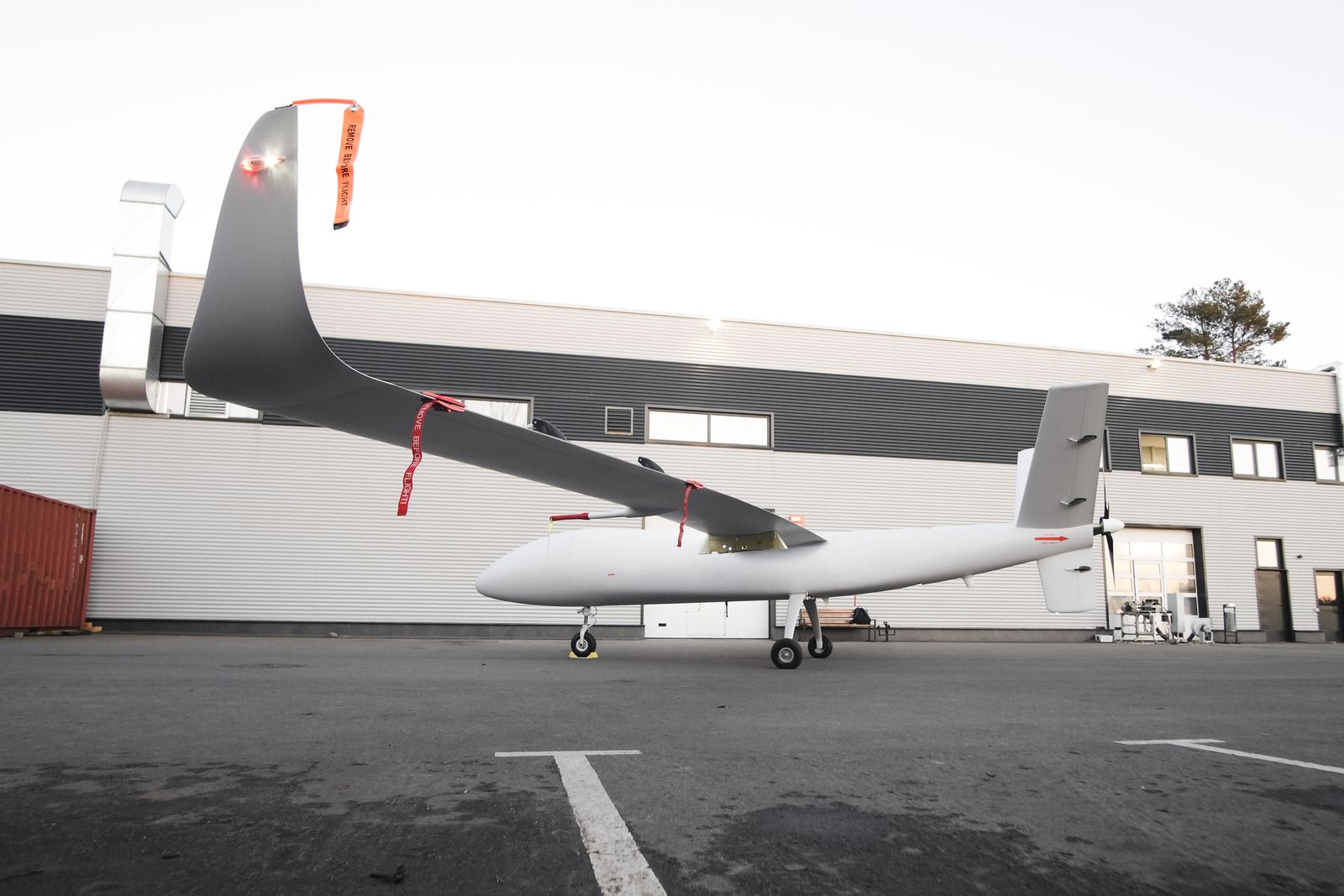UAVOS’s Autopilot Solution Gets Massive Boost in Speed and Processing Capacity

UAVOS has launched a next-generation AP.11 autopilot system featuring advanced sensors, powerful processing upgrades and a new Total Energy Control controller (TECS) for maintaining speed and altitude of unmanned aerial vehicles (UAV). UAVOS' flight control system is a leap forward, providing a feature rich software:
- Next-generation solution increases longevity, ease of support and integration capabilities.
- Offers hardware-independent software for open architecture implementations.
- Its avionics and flight control systems are built upon previous generation track records with over 1 million flight hours across multiple customers.

“The new UAVOS' AP.11 autopilot system will provide customers with a huge increase in processing power, longer hardware lifespan, easier support and more integration options to meet both security and commercial UAV needs well into the future,” said CEO at UAVOS Aliaksei Stratsilatau.
The UAVOS-designed flight management system, which is developed in the UAVOS' facility, consists of an air vehicle autopilot, a ground station, a simulation environment and operator interface software, supporting fully autonomous flight operations for UAVs.
This next iteration of AP11 autopilot technology adopts a more open architecture that allows the system to be deployed in any type of qualified hardware environment, helping to reduce cost and allow for easier support and implementation onto more platforms.
The UAVOS' flight control system provides improved autopilot performance in the absence of GNSS. The autopilot system is highly modular and is configured easily with a variety of payloads to meet mission requirements. The improved system features ensure precision auto land, moving baseline landing support, VTOL support and more. Now AP.11 autopilot is more resistant to magnetic disturbances which significantly improves the accuracy and quality of flight control.
The UAVOS' family of systems have operated in over one million hours on a variety of UAV platforms such as the HAPS ApusDuo stratospheric aircraft, the HiDRON high-altitude meteorological glider, the Albatros Fixed-Wing UAV, the UVH-500 unmanned helicopter and others operated by security and commercial customers.

“This achievement represents a huge step forward for the UAVOS' efforts as it demonstrates the technical maturity of software being able to control UAS with adherence to the Autopilot System Architecture”, stated Aliaksei Stratsilatau.
6 December 2023